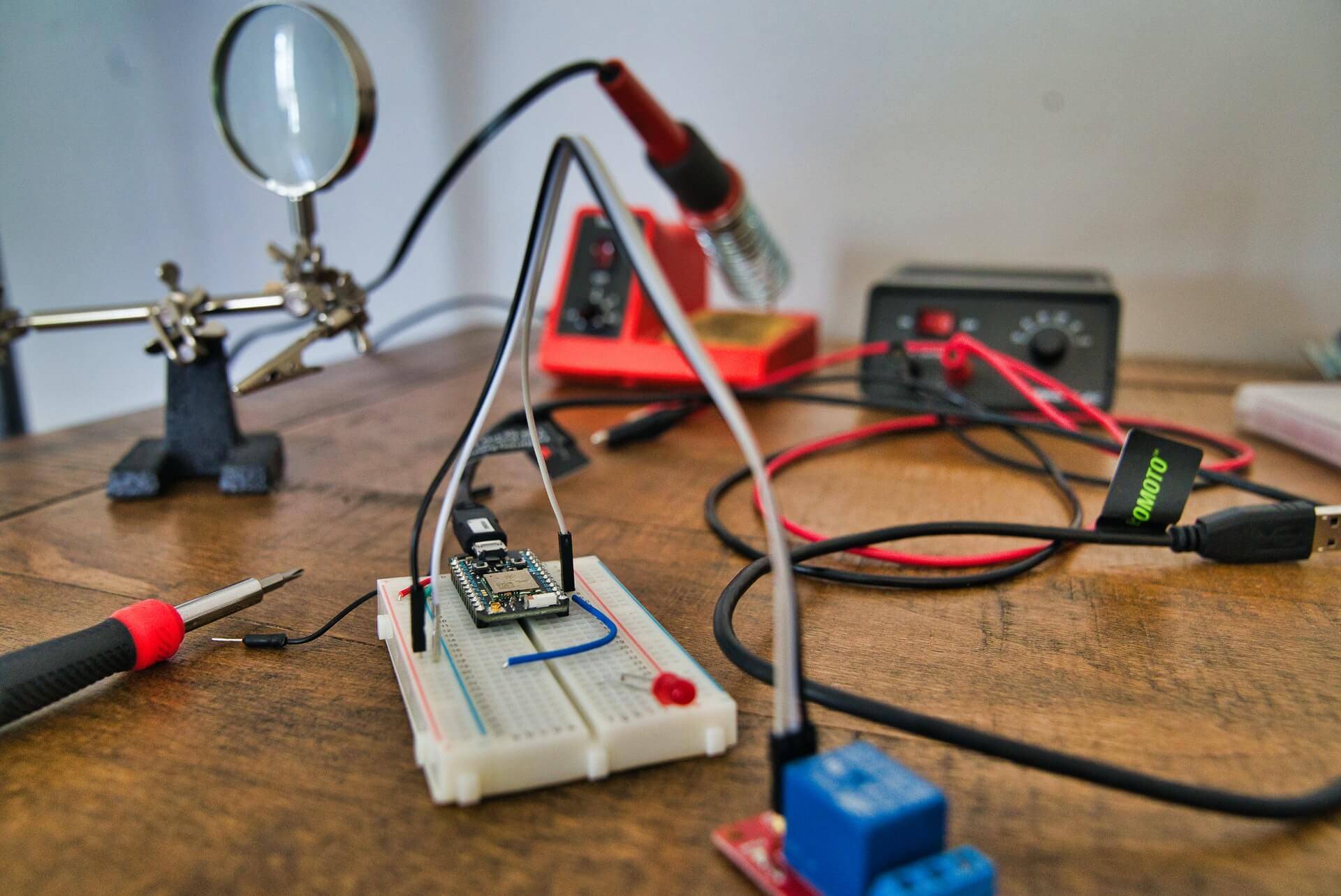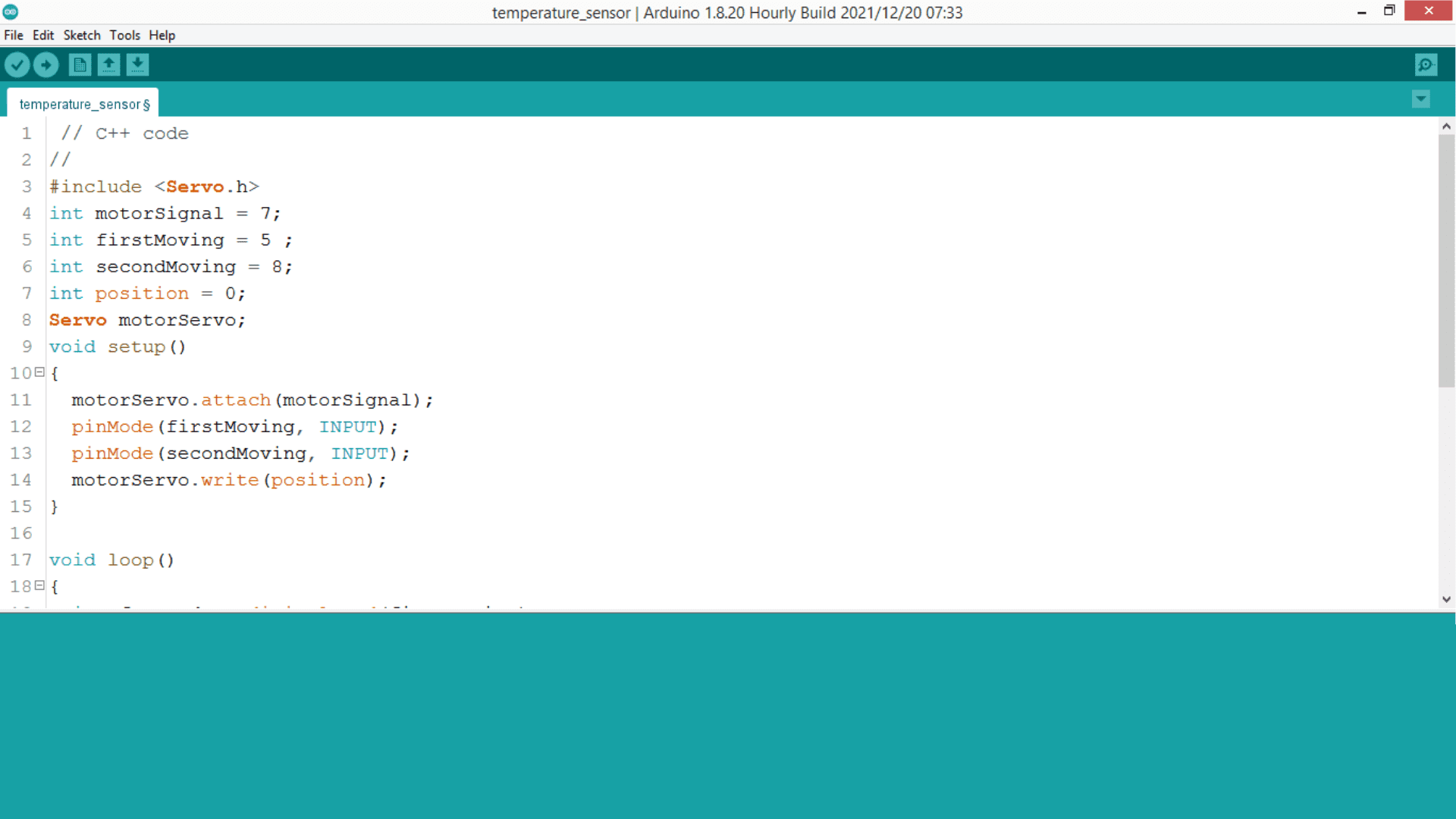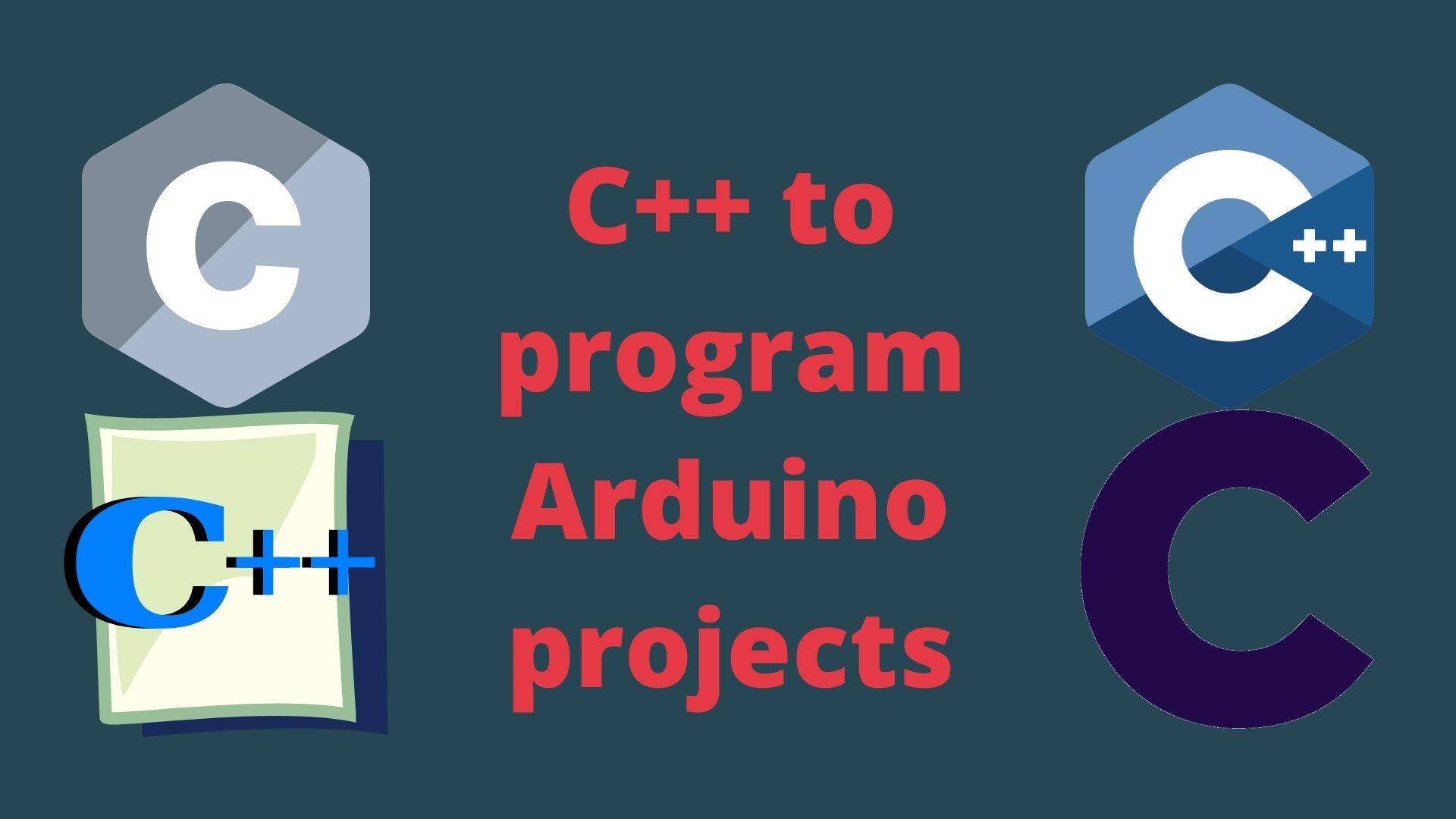Introduction
Arduino IDE is software designed by Arduino Team that helps you develop Arduino applications and programs. It supports Arduino boards, communicating with them and performing various actions like writing to the screen or reading input from a sensor.
The Secrets To Arduino IDE is an article that explains all about the software and its functionality.The Arduino IDE is a robust set of software tools that helps you build interactive installations and prototypes.
Suppose you’re familiar with the programming language but want to get your hands dirty by creating a physical installation or prototype project with this software.
In that case, it’s now possible to make all the necessary connections to light up your Arduino boards!
The Secrets To Arduino IDE
What is the Arduino IDE?

The Arduino IDE is a poweful development environment for the Arduino platform that allows users to write and upload programs to the board.
The Arduino IDE is the software package that makes it easy for people to create new projects and share them with others. It can be downloaded from https://www.arduino.cc/en/Main/Software.The software offers an integrated development environment (IDE) which includes a text editor, compiler, debugger, and library manager.
The IDE supports C++ and provides an interface for accessing the hardware on the board. It also includes libraries for communicating with sensors, motors, servos, etc., and libraries of pre-programmed functions such as digitalWrite(), analogRead(), etc.
Why should you start using the Arduino IDE?

The Arduino IDE is free and open-source software that lets you create interactive electronic projects. The IDE has a simple interface, which is easy to use. It comes with libraries that help you develop projects quickly and easily.
The Arduino IDE makes it easier for people to learn about electronics without being an expert in programming languages or hardware. This is because the Arduino IDE includes a graphical programming environment, which simplifies the process of writing code for your project.
Creative professionals use Arduino as an inexpensive prototyping tool for their projects. In addition, artists use it to make interactive installations that can be seen in galleries and museums.
The Arduino IDE has several features that make it an excellent choice for those who want to learn how to program easly the Arduino microcontroller.
Some of these features include multiple programming languages, support for different types of hardware components, and a built-in debugger that allows users to test their code without connecting any.
How to install The Arduino IDE

The Arduino IDE is a free, open-source software package designed for use with the Arduino microcontroller. Arduino LLC develops it in collaboration with Massimo Banzi and David Cuartielles.The Arduino IDE can be installed on Windows, Mac OS X, and Linux computer systems.
The installation process differs depending on the operating system.To install The Arduino IDE on a Windows computer system:
- Download and save the installer file (.exe)
- Double-click the downloaded file to start the installation
Arduino IDE basics: getting started with IDE

Anyone can develop using Arduino Through, the IDE software. To get started with Arduino, we need:**A microcontroller is built into the Arduino board.**IDE software
After installing the IDE, unzip the program, then double click on the Arduino software icon. There are some settings to do before starting programming.
Double-click on the preferences item from the top menu, then tick the following entries.
- Display line numbers
- Enable code folding
- Verify code after upload
- Check for updates on startup
- Upload sketch files to the new extension
- Save when verifying or uploading
- Choose your font size 18, for example
- From interface scale tick automatic, compilation, and upload
- For the compiler warnings, choose all

Understanding the Arduino code editor
The Arduino code editor is a graphical user interface for the Arduino development platform. This editor permits users to create and edit sketches.
The Arduino code editor is software that allows users to write, compile, and upload code to the Arduino boards. It is also used as a platform for developing interactive projects.
The Arduino code editor provides a visual representation of the program, making it easier for developers to understand the code. It also has a built-in debugger and compiler, which helps debug and compile programs.
The Arduino code editor can be used by anyone new to programming or who wants to learn how to program with the Arduino platform.

The basics concepts of C++ programming

The basics concepts of C++ programming
C++ is one of the most popular programming languages in use today. It has a wide range of functions that can be used for different purposes.
C++ is an object-oriented programming language, which means that it is focused on objects and classes as the fundamental data types. C++ also supports multiple inheritance and polymorphism, two essential concepts in object-oriented programming.
C++ has many built-in features to make coding more accessible, such as templates and inline functions. It also has a lot of libraries available for its use, such as STL (Standard Template Library) and Boost libraries. C++ is the primary programming language used in Arduino programming sketches.
Conclusion

The Arduino IDE is a programming environment for the microcontroller and electronics platform Arduino. It is free and open-source.
The Arduino IDE is a merged development environment that enables users to write code for the Arduino microcontroller boards. It includes a built-in editor, compiler, debugger, libraries, and support for the language C/C++.
The IDE can be used with Windows, Mac OS X, or Linux operating systems to build sketches.
